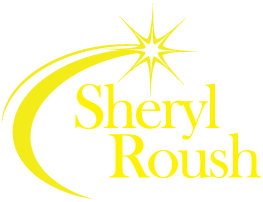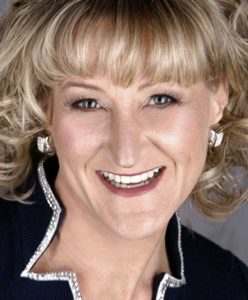Public Speaking Tips: Handling Q & A Sessions
A great Question and Answer session – one that adds value to your presentation – requires planning and thoughtful contributions from both the audience and the speaker. – Andrew Dlugan
PLAN AHEAD
• Budget for the Q&A when you plan the presentation. Cut material as necessary to ensure enough time.
• Use your audience analysis to predict their questions and prepare a few “extra” slides at the end.
• Announce early in your presentation that you will be answering questions either throughout your program,
or during the designated time at the end.
INVITE QUESTIONS
• To sincerely invite questions, ask an open-ended question:
“Who has questions (for me) (at this time) (related to this)?” “What questions might you have regarding…?”
The closed-ended question of “Does anyone…?” actually repels people from asking questions.
LISTEN
• Look and be alert both physically and mentally. Give physical signals that you are interested in the questioner
with attentive eye contact, posture, hands. Even when you are “silent,” you are still communicating.
VALIDATE
• Validate the question and/or the questioner. It takes courage to ask a question of a presenter.
• Avoid making the questioner look stupid, or point out they weren’t listening to your presentation.
CLARIFY
• Ensure you understand the question. Ask for clarification, or restate the question.
“Could you be more specific?” “How does this relate to the topic at hand?” “To paraphrase what I heard…”
“For the sake of those in the back of the room the question is …” Repeat or restate.
• To avoid one-on-one situations, break eye contact with the questioner and speak to the entire audience.
BE DIRECT
• Make a short, concise, direct answer, and within your audience’s frame of reference. Avoid jargon.
• If emotionally charged, deal with the emotional aspect first then the factual, and in succinct answers that
could stand alone. “Front-load” by stating the most important at the beginning.
• Take a second or two to frame your answer if needed, avoiding using phrases like,
“That’s a good question,” or “I’m glad you asked that.”
• If you don’t know the answer, don’t bluff (they’ll know it). Always tell the truth, sharing what you do know.
SUPPORT
• Give pertinent, supporting information. Keep it brief, expanding where needed.
• When appropriate, reflect or embellish a key message from your speech.
FEEDBACK
• Watch the audience to help determine reaction to your answers. Be sensitive and respectful.
Are they confused, frustrated, satisfied? If they seem to want a little more information, expand.
• Ask your questioner, “Does that answer your question?” or “Did I answer your question…?”
RECAP
• At the end of your Q&A Session, summarize your presentation, adding your final Call to Action
-Sheryl Roush, Speaker, Speaking Coach
Sparkle Presentations, Inc.
Sheryl@SherylRoush.com

